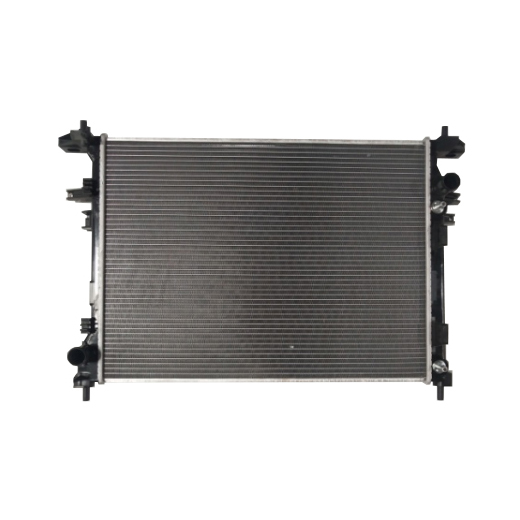Demystifying the Stabilizer Bush: Understanding Its Role in Vehicle Stability
2024-03-01
Introduction:
In the realm of automotive engineering, numerous components work together to ensure smooth handling, stability, and safety on the road. One such component that often goes unnoticed but plays a crucial role in vehicle stability is the stabilizer bush. In this blog post, we'll delve into what a stabilizer bush is, its purpose, and why it's an integral part of a vehicle's suspension system.
What is a Stabilizer Bush?
A stabilizer bush, also known as a sway bar bushing or anti-roll bar bushing, is a small yet essential component of a vehicle's suspension system. It is typically made of rubber or polyurethane and is designed to absorb vibrations and noise while providing a cushioned connection between the stabilizer bar (also known as the sway bar or anti-roll bar) and the vehicle's chassis or control arms.
Purpose of a Stabilizer Bush:
The primary purpose of a stabilizer bush is to reduce body roll and improve stability during cornering and maneuvering. When a vehicle enters a turn, lateral forces act on the chassis, causing it to lean or roll. The stabilizer bar, connected to the suspension system via stabilizer bushes, helps counteract this body roll by transferring some of the lateral force from one side of the vehicle to the other. The stabilizer bush absorbs shocks and vibrations, allowing the stabilizer bar to pivot smoothly and maintain consistent contact with the suspension components.
Components and Functionality:
A typical stabilizer bush consists of a cylindrical rubber or polyurethane body with an inner sleeve or metal insert. The stabilizer bar passes through the center of the bushing, while the outer surface of the bushing is mounted securely to the vehicle's chassis or control arms. This setup allows the stabilizer bar to pivot freely within the bushing while maintaining its position relative to the vehicle's suspension system.
Importance in Vehicle Stability:
The stabilizer bush plays a crucial role in maintaining vehicle stability and control, especially during dynamic driving maneuvers such as cornering, lane changes, and evasive maneuvers. By reducing body roll and improving chassis rigidity, stabilizer bushes help keep the vehicle level and planted on the road surface, enhancing traction and confidence for the driver. Additionally, stabilizer bushes contribute to overall ride comfort by dampening vibrations and minimizing noise transmitted from the suspension system to the vehicle's occupants.
Signs of Wear and Replacement:
Over time, stabilizer bushes can deteriorate due to exposure to heat, moisture, and road debris, resulting in increased play or stiffness. Common signs of worn stabilizer bushes include clunking or rattling noises during cornering, excessive body roll, and uneven tire wear. If left unchecked, worn stabilizer bushes can compromise vehicle stability and handling, leading to unsafe driving conditions. It's essential to inspect stabilizer bushes regularly and replace them as needed to maintain optimal suspension performance and safety.
Conclusion:
In conclusion, the stabilizer bush may be a small component, but its role in vehicle stability and control cannot be overstated. By providing a cushioned connection between the stabilizer bar and the vehicle's chassis or control arms, stabilizer bushes help reduce body roll, improve handling, and enhance ride comfort. Regular inspection and maintenance of stabilizer bushes are essential to ensure optimal suspension performance and safe driving experiences on the road.



